Monte Cavo is an ancient volcano, extinct about 10,000 years ago, located in the municipality of Rocca di Papa and about 30 kilometers southeast of Rome, in the Alban Mountains.
The area registered volcanic activity until more recent times, since Tito Livio mentions that during the reign of Tulio Hostilio in Rome there had been a rain of stones in Monte Alban .
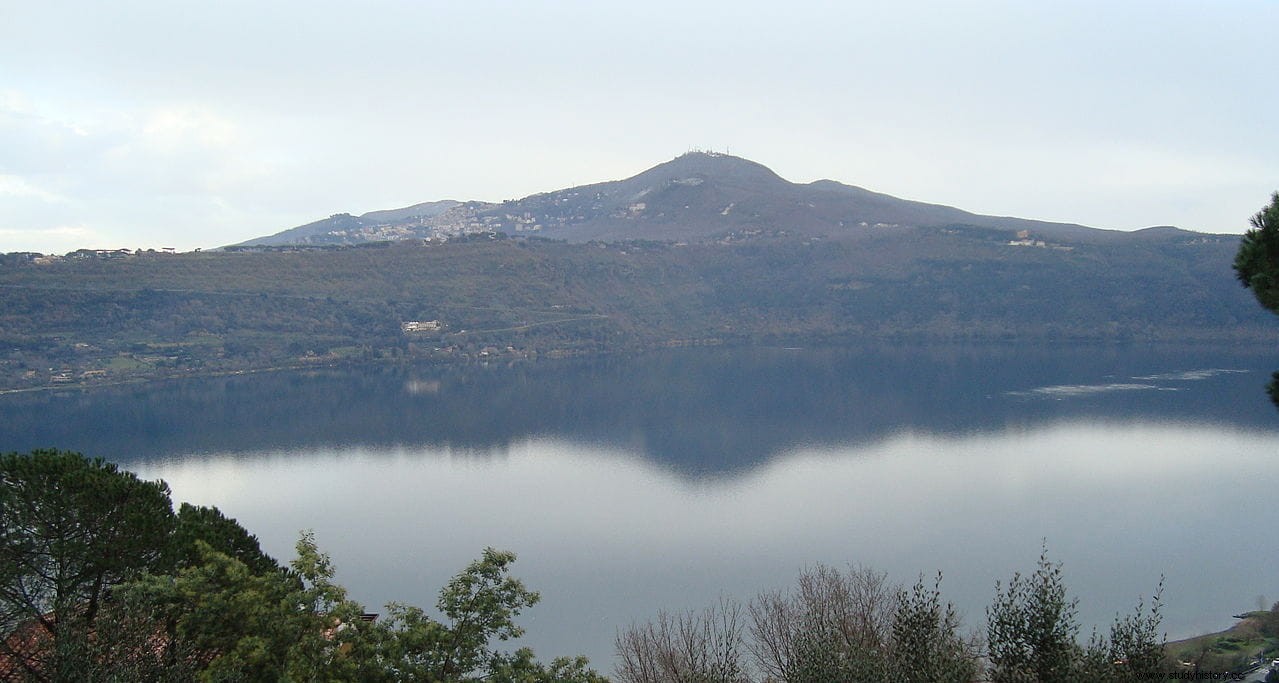
El Cavo housed a sanctuary and temple of the ancient cult of Jove as Iuppiter Latiaris (Jupiter Lacio), which was accessed through the Via Sacra , an ancient sacred road that came from the temple of Diana Nemorensis by Lake Nemi. This temple of Diana was the sacred grove of Aricia, the place where a priest named Rex Nemorensis lived. who ruled the forest until he was challenged and killed by his surrogate. This ancient practice is the basis of the famous essay The Golden Bough by James George Frazer.
The path of about 6 kilometers, converted into a road reconstructed with basalt stones in the time of Tarquinio Prisco, fifth king of Rome, climbed the steep slopes and forests up to 940 meters of altitude, to reach the confederal sanctuary of the greatest deity of the Latin League.
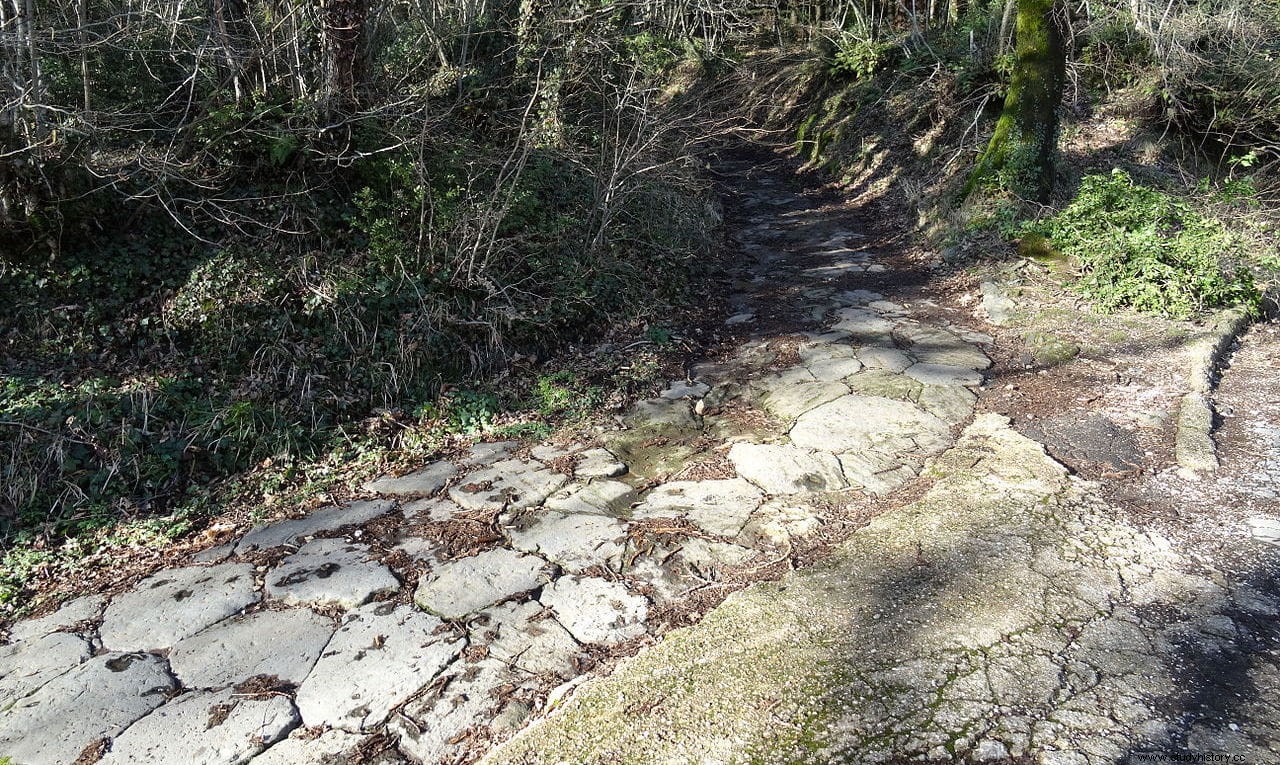
All the delegates of the 47 Latin confederate cities went there to celebrate the festival of the god once a year between January and March, the traditional Feriae Latinae that lasted, in his last times, four days. They ascended in procession along the Via Sacra carrying offerings for sacrifice, followed by thousands of devotees who flocked to the sacred mountain, the most important pilgrimage destination of the Latin peoples. Every year the head of the Latin confederation was appointed there, to whom Jupiter granted the title of dictator latinus .
The temple is said to have been built in 531 BC. by King Tarquin the Proud, but an older sanctuary probably already existed before.
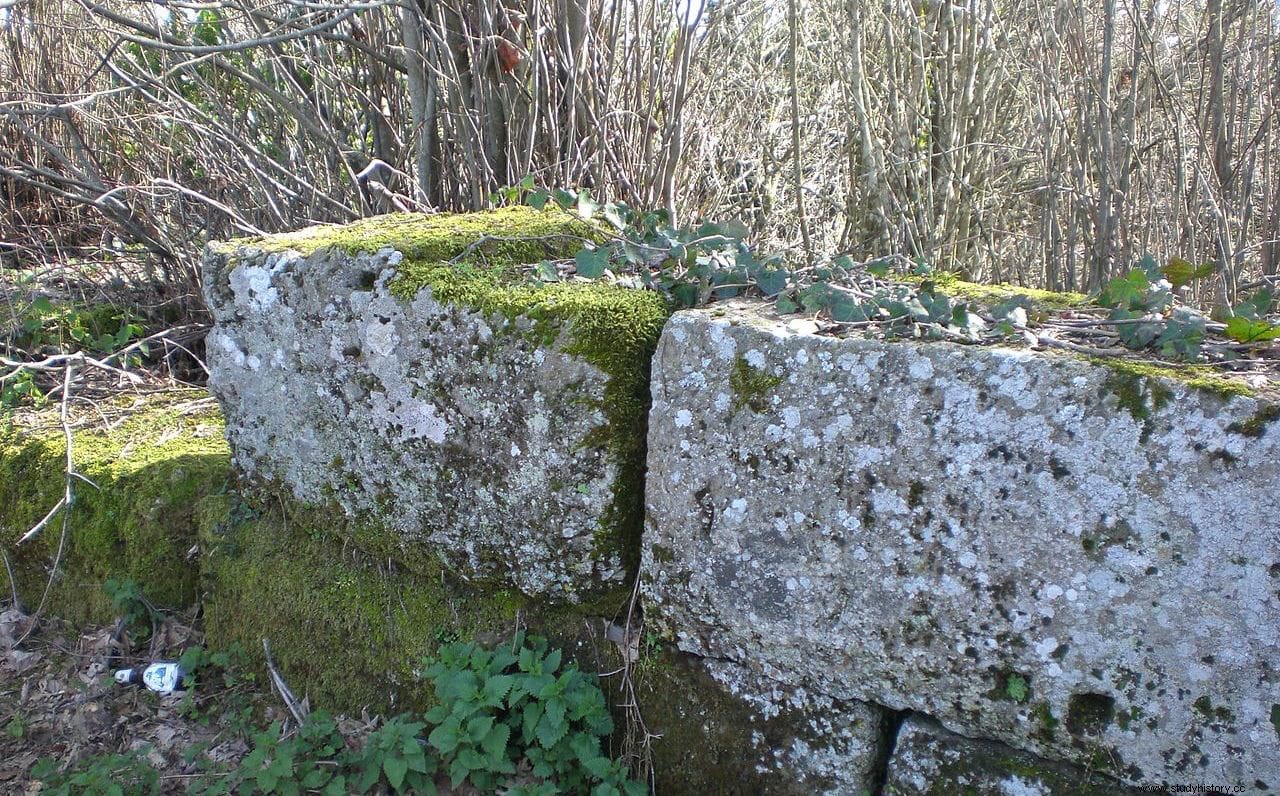
With the erection of a temple to Jupiter on the Capitol, the cult moved to Rome, but a visual axis was maintained with the ancient sacred mountain of the Latins, clearly visible from the top of the Capitoline cliff.
Today there are still about 5 kilometers of the Via Sacra , in good condition. A hermitage dedicated to Saint Peter and inhabited by a Dalmatian hermit was built on the remains of the temple in the Middle Ages. It was then expanded into a monastery in 1727, which housed a Polish order, Spanish Trinitarians and Flemish missionaries. The Passionists restored it in 1758 using ashlars and materials from the old pagan temple.
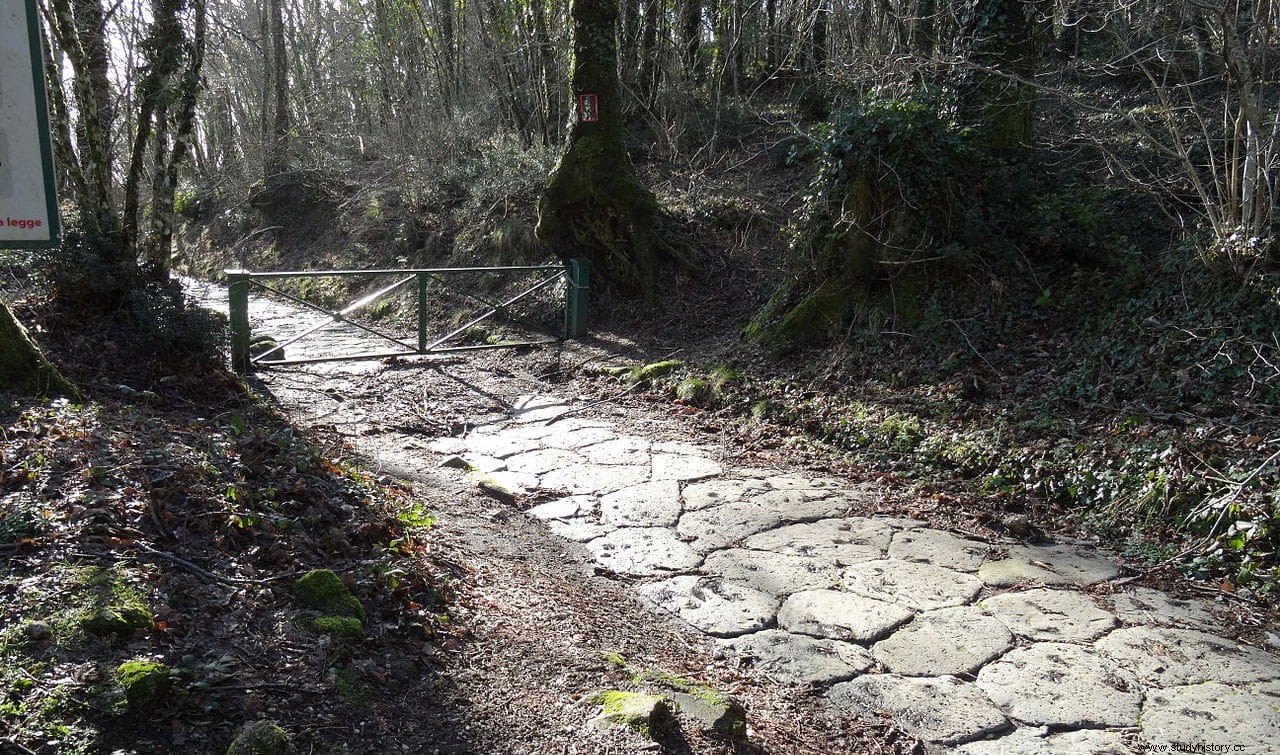
And in 1890 it became a hotel, frequented by personalities of all kinds, politicians, artists, princes and kings, writers. Already dismantled, from 1942 it was used as a military communications base by the Wehrmacht, until its capture by the United States 36th Infantry Division on June 3, 1944.
After the war the structure was converted into a telecommunications station, with access prohibited to unauthorized persons. And today it is home to numerous television and radio repeaters, a landscape of antennas that has already drawn protests from those who believe the site remains sacred. Some remains of the ancient temple of Jupiter are still visible inside the fenced area, among so much technology.
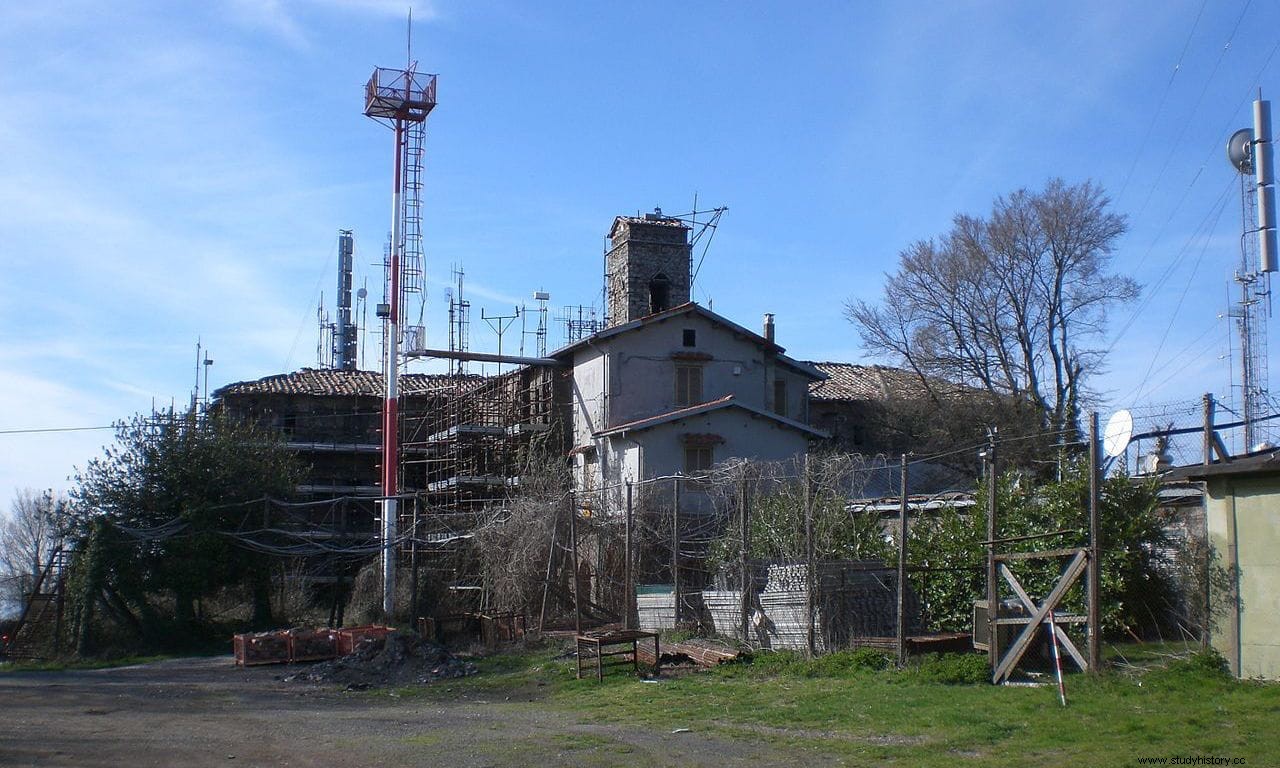
Fonts
Castelli Romani / Osservatorio dei Colli Albani / Lazio Tourism / Wikipedia
